Sculpture is the art of the intelligence

Sculpture is the art of the intelligence
Pablo Picasso, one of the most influential artists of the 20th century, once said, "Sculpture is the art of the intelligence." This statement reflects Picasso's belief in the intellectual and creative process involved in creating sculptures. For Picasso, sculpture was not just about shaping and molding materials, but also about using one's intelligence and imagination to bring a piece of art to life.Sculpture requires a deep understanding of form, space, and composition. It involves the manipulation of materials such as clay, stone, metal, or wood to create three-dimensional works of art. Unlike painting or drawing, sculpture requires the artist to consider the piece from all angles, as viewers will be able to walk around and interact with the sculpture in a physical space. This adds an extra layer of complexity to the artistic process, as the artist must consider how the sculpture will be perceived from different viewpoints.
In addition to technical skill, sculpture also requires a great deal of creativity and imagination. The artist must be able to envision the final piece in their mind before they even begin to work with the materials. This ability to visualize and conceptualize a sculpture is what sets great sculptors apart from the rest. Picasso understood the importance of this creative process, and believed that intelligence played a crucial role in the creation of sculpture.
Furthermore, sculpture has a long history of being used to convey complex ideas and emotions. From ancient Greek and Roman sculptures depicting gods and heroes, to modern abstract sculptures that challenge our perceptions of space and form, sculpture has always been a powerful medium for expressing the human experience. Picasso recognized this power, and saw sculpture as a way to engage with the world on a deeper level.

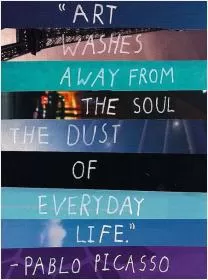
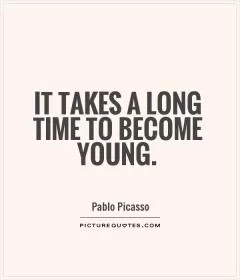

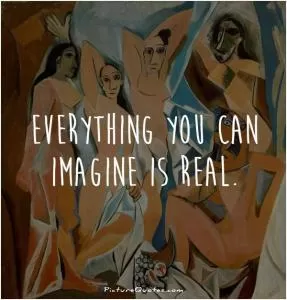
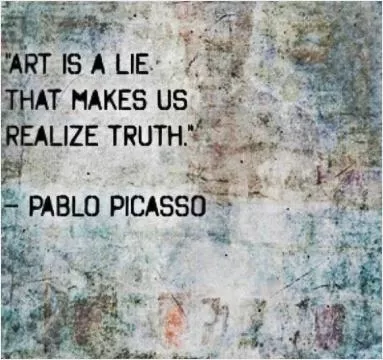


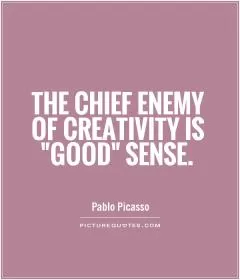
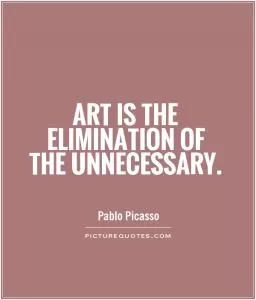


 Friendship Quotes
Friendship Quotes Love Quotes
Love Quotes Life Quotes
Life Quotes Funny Quotes
Funny Quotes Motivational Quotes
Motivational Quotes Inspirational Quotes
Inspirational Quotes